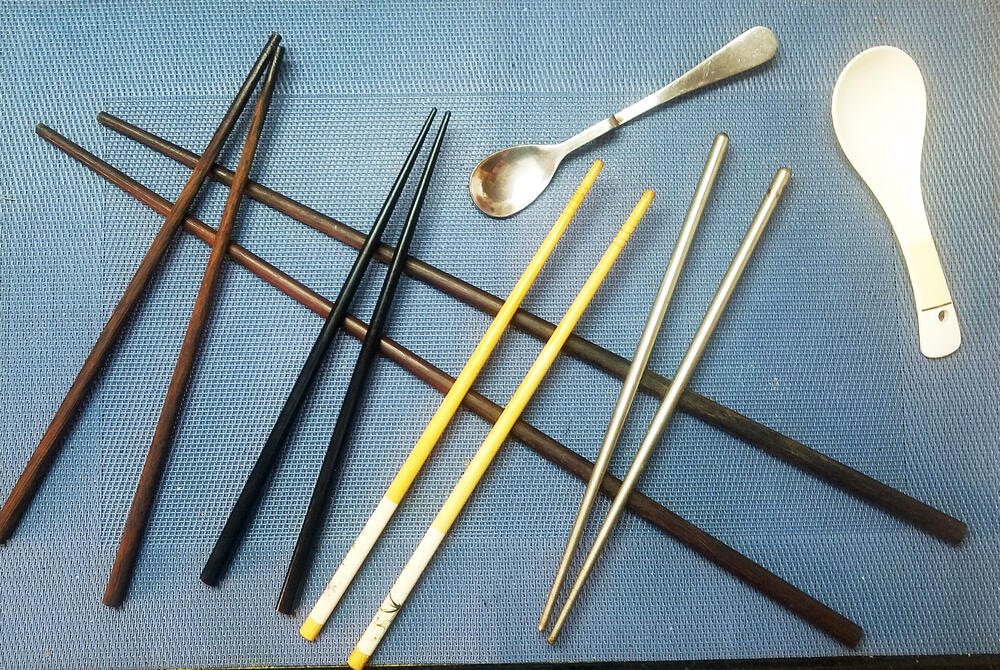Chinese food must be among the most famous in the world. Yet, at the same time, the most misunderstood.
I feel sure (hope) that most people here know that American-Chinese cuisine, British-Chinese cuisine, Indian-Chinese cuisine etc are, in huge ways, very different from Chinese-Chinese cuisine. That's not I want to discuss.
Yet, every day I still come across utter nonsense on YouTube videos and Facebook about the "real" Chinese cuisine, even from ethnically Chinese people (who have often never been in China). Sorry YouTube "influencers", but sprinkling soy sauce or 5-spice powder on your cornflakes does not make them Chinese!
So what is the "authentic" Chinese food? Well, like any question about China, there are several answers. It is not surprising that a country larger than western Europe should have more than one typical culinary style. Then, we must distinguish between what you may be served in a large hotel dining room, a small local restaurant, a street market stall or in a Chinese family's home.
That said, in this topic, I want to attempt to debunk some of the more prevalent myths. Not trying to start World War III.
When I moved to China from the UK 25 years ago, I had my preconceptions. They were all wrong. Sweet and sour pork with egg fried rice was reported to be the second favourite dish in Britain, and had, of course, to be preceded by a plate of prawn/shrimp crackers. All washed down with a lager or three.
Yet, in that quarter of a century, I've seldom seen a prawn cracker. And egg fried rice is usually eaten as a quick dish on its own, not usually as an accompaniment to main courses. Every menu featured a starter of prawn/shrimp toast which I have never seen in mainland China - just once in Hong Kong.
But first, one myth needs to be dispelled. The starving Chinese! When I was a child I was encouraged to eat the particularly nasty bits on the plate by being told that the starving Chinese would lap them up. My suggestion that we could post it to them never went down too well. At that time (the late fifties) there was indeed a terrible famine in China (almost entirely manmade (Maomade)).
When I first arrived in China, it was after having lived in Soviet Russia and I expected to see the same long lines of people queuing up to buy nothing very much in particular. Instead, on my first visit to a market (in Hunan Province), I was confronted with a wider range of vegetables, seafood, meat and assorted unidentified frying objects than I have ever seen anywhere else. And it was so cheap I couldn't convert to UK pounds.
I'm going to start with some of the simpler issues - later it may get ugly!
Chinese people eat everything with chopsticks.
No, they don't! Most things, yes, but spoons are also commonly used in informal situations. I recently has lunch in a university canteen. It has various stations selling different items. I found myself by the fried rice stall and ordered some Yangzhou fried rice. Nearly all the students and faculty sitting near me were having the same.
I was using my chopsticks to shovel the food in, when I noticed that I was the only one doing so. Everyone else was using spoons. On investigating, I was told that the lunch break is so short at only two-and-a-half hours that everyone wants to eat quickly and rush off for their compulsory siesta.
I've also seen claims that people eat soup with chopsticks. Nonsense. While people may pick out choice morsels from the broth, they will drink the soup by lifting their bowl to their mouths like cups. They ain't dumb!
Anyway, with that very mild beginning, I'll head off and think which on my long list will be next.
Thanks to @KennethT for advice re American-Chinese food.



